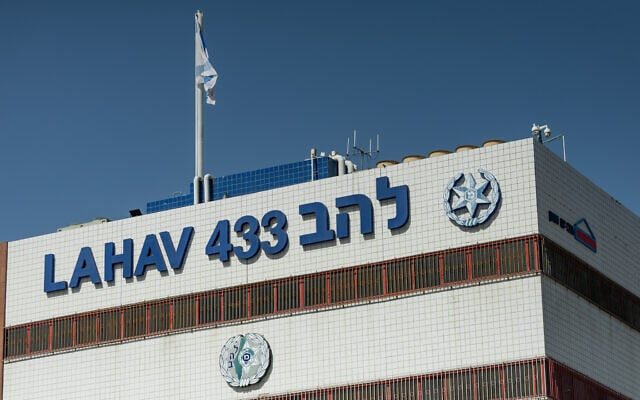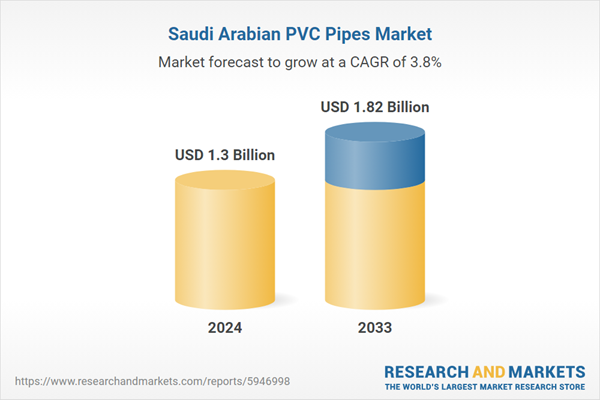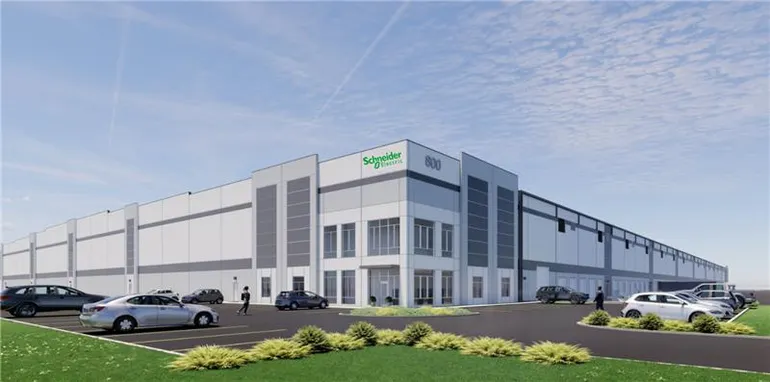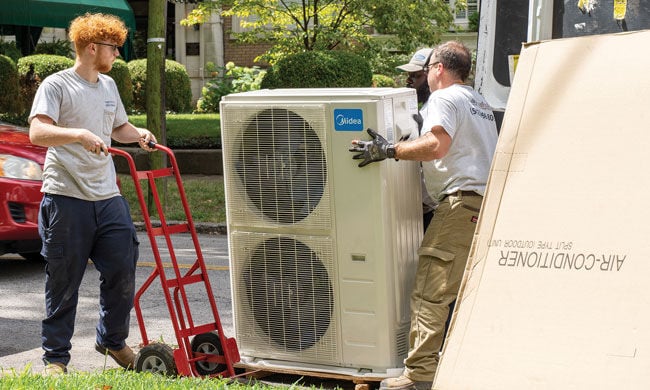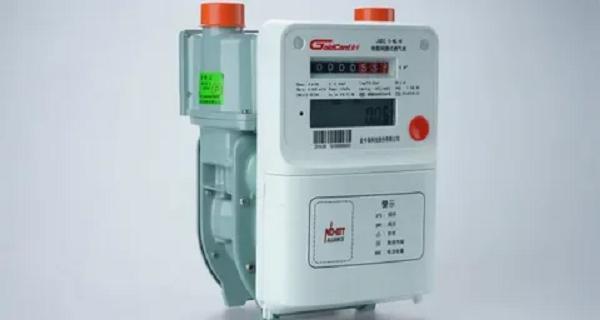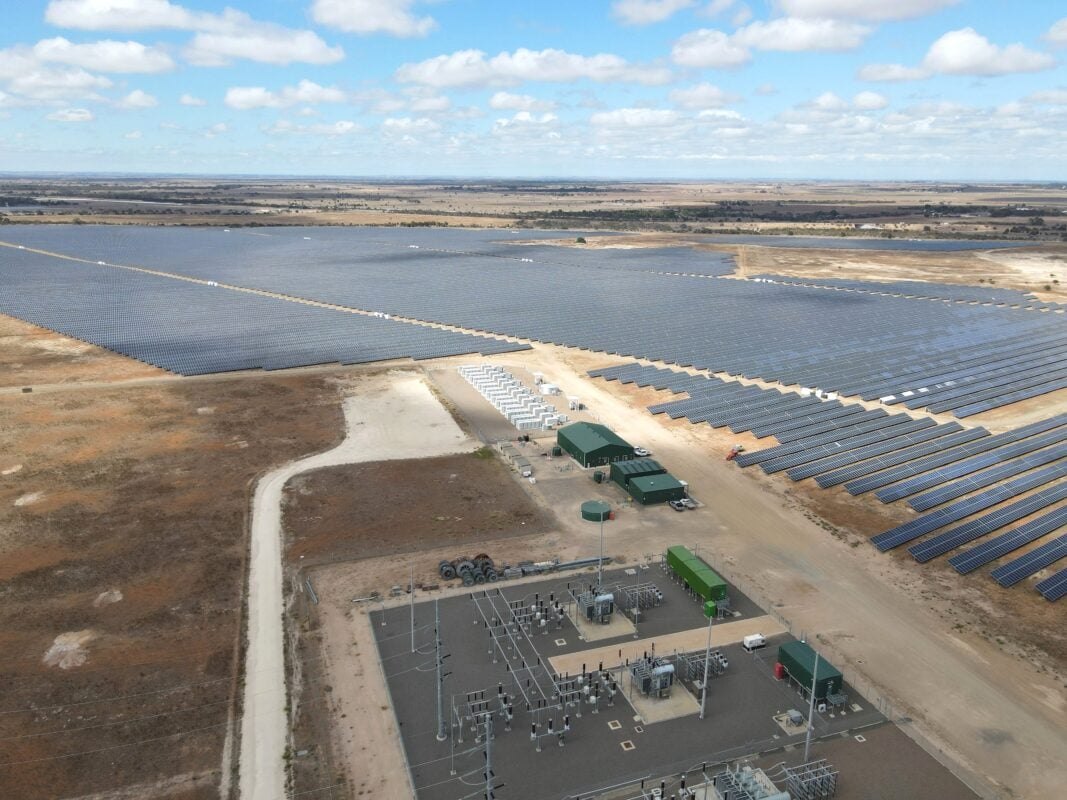Curved molecule bottles sunlight and releases it as heat – C&EN
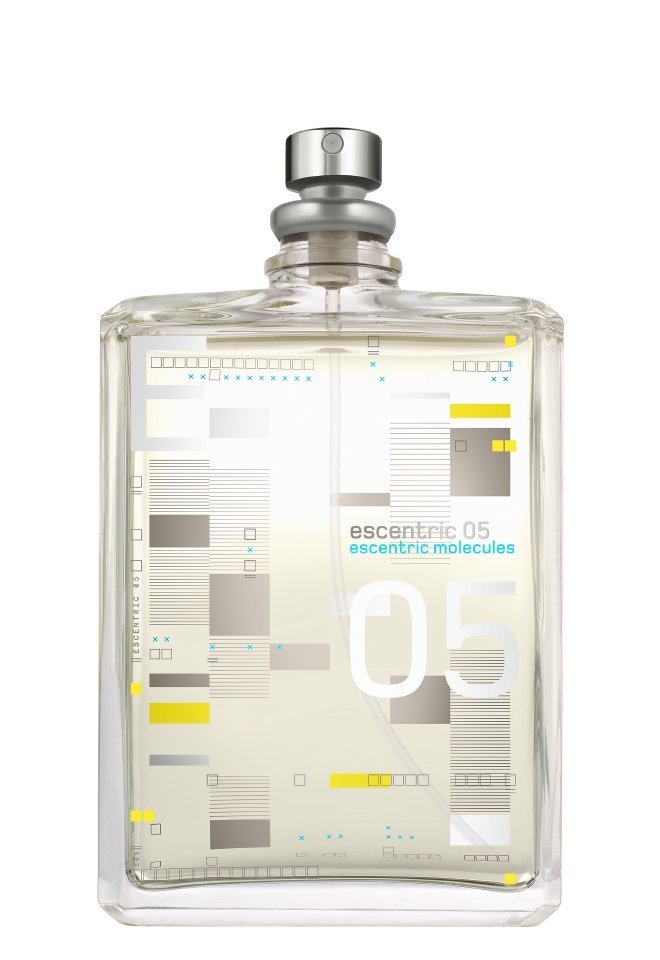
Advancements in Solar Energy Storage and Contribution to Sustainable Development Goals
Innovation in Molecular Solar Thermal (MOST) Technology
A recent study reports the development of a novel liquid organic compound capable of capturing and storing solar thermal energy, a significant step toward achieving global energy and climate objectives. Researchers have engineered a curved form of anthracene that absorbs sunlight and stores the energy within its chemical bonds. This stored energy can be released as heat on demand, hours after initial capture. The system functions as a rechargeable thermal battery, offering an energy density of 0.65 MJ per kilogram, comparable to that of a lithium-ion battery.
Alignment with SDG 7: Affordable and Clean Energy
This innovation directly addresses the targets of Sustainable Development Goal 7 by advancing access to clean and reliable energy. The technology provides a novel method for harnessing solar power, one of the most abundant renewable energy sources.
- It enables the capture of limitless solar heat for use in buildings and industrial applications.
- It facilitates on-demand energy release, overcoming the intermittency of solar power.
- Unlike conventional solar thermal systems that heat water or molten salts and require extensive insulation, this molecular system stores energy losslessly for extended periods, enhancing efficiency and practicality.
Supporting Sustainable Industry, Infrastructure, and Cities (SDG 9 & SDG 11)
The development of this MOST system represents a key innovation with the potential to build resilient infrastructure and foster sustainable industrialization and communities, in line with SDG 9 and SDG 11.
- Sustainable Buildings and Communities: The technology offers a carbon-free mechanism for heating residential and commercial buildings, reducing the carbon footprint of cities. Calculations indicate that 10 kg of the compound could heat approximately 85 L of water.
- Sustainable Industry and Transport: The stored heat can be utilized for industrial processes. Furthermore, it can be used to bring electric vehicle (EV) battery packs to optimal operating temperatures in cold climates, thereby supporting the infrastructure for sustainable transportation.
Contribution to Responsible Production and Climate Action (SDG 12 & SDG 13)
The research contributes to responsible consumption and production patterns (SDG 12) and provides a tangible tool for climate action (SDG 13).
- Responsible Production: The core material, anthracene, is a readily available and low-cost byproduct of petroleum refining, often referred to as coal tar. Utilizing this industrial byproduct aligns with the principles of a circular economy and responsible resource management.
- Climate Action: By providing a clean, emissions-free method for heat generation, the technology offers a direct pathway to displace fossil fuels used for heating, thereby mitigating greenhouse gas emissions and combating climate change.
Technical Assessment and Future Outlook
Expert analysis of the technology highlights both its current strengths and areas for future development. The path to widespread practical application will depend on addressing key performance metrics.
- Energy Density: The reported energy density is considered a significant achievement and a “big step forward” for MOST systems.
- Practicality: The use of an undiluted liquid that absorbs visible light is a major advantage for designing a practical and compact energy storage system.
- Current Limitation: The current energy storage duration of several hours is identified as a primary challenge, being “clearly insufficient for practical use” in applications requiring longer-term or seasonal storage.
- Future Development: There is strong potential to improve performance through further molecular engineering. Researchers are optimistic that refining the molecular design can successfully extend the storage time, making the system viable for a broader range of applications.
Analysis of Sustainable Development Goals (SDGs) in the Article
SDGs Addressed or Connected
-
SDG 7: Affordable and Clean Energy
The article’s primary focus is on a novel technology for capturing, storing, and releasing solar energy. This directly supports the transition to clean and renewable energy sources. The research aims to create a “practical system” using a “cheaply sourced” material, which aligns with the goal of making clean energy more affordable and accessible.
-
SDG 9: Industry, Innovation, and Infrastructure
The research represents a significant innovation in the field of molecular solar thermal (MOST) energy storage. The article explicitly mentions that the stored heat can be used for “industrial processes,” pointing to its potential to make industries more sustainable by adopting clean technologies and upgrading infrastructure.
-
SDG 11: Sustainable Cities and Communities
The technology is designed to provide heat for “buildings” and for “heating water.” This application can contribute to developing sustainable energy solutions for residential and commercial buildings within cities, reducing their reliance on fossil fuels for heating.
-
SDG 13: Climate Action
By developing a method to use solar energy on demand, the technology offers a direct alternative to fossil fuel-based heating systems. This contributes to the reduction of greenhouse gas emissions, a key component of climate action and mitigation efforts.
Specific SDG Targets Identified
-
Target 7.2: Increase substantially the share of renewable energy in the global energy mix.
The article describes a technology that makes solar (a renewable energy source) more practical by solving the problem of intermittency. By allowing solar energy to be stored and used for heat “when the sun isn’t shining,” it enables a greater and more reliable integration of solar energy into the overall energy mix.
-
Target 9.4: Upgrade infrastructure and retrofit industries to make them sustainable, with increased resource-use efficiency and greater adoption of clean and environmentally sound technologies.
The potential application of this technology for “industrial processes” directly addresses this target. It provides a clean, environmentally sound technology that can be adopted by industries to meet their heating needs, thus upgrading their processes to be more sustainable.
-
Target 9.5: Enhance scientific research, upgrade the technological capabilities of industrial sectors…encouraging innovation.
The entire article is a report on cutting-edge scientific research (“advances the emerging field of molecular solar thermal (MOST) energy storage”) published in a scientific journal. This work is a clear example of enhancing research and encouraging innovation to solve practical energy challenges.
Indicators for Measuring Progress
-
Energy Density:
The article explicitly states the new material “packs 0.65 MJ of energy per kilogram.” This is a direct, quantifiable indicator of the technology’s efficiency and storage capacity, which can be used to measure progress and compare it with other systems.
-
Storage Duration:
The article mentions the isomer “holds energy stably for several hours.” While noted as an area for improvement, this duration is a key performance indicator for the practicality of the energy storage system.
-
Practical Application Metrics:
The article provides calculated, practical examples that serve as indicators of the system’s potential output. These include the fact that “10 kg of the compound could produce enough heat to warm about 85 L of water or bring two electric vehicle battery packs up to normal operating temperature.” These metrics translate the energy density into real-world applications.
-
Material Sourcing:
The mention that the base material, anthracene, is a “by-product of petroleum refining, and can be cheaply sourced” is an indicator related to the economic viability and resourcefulness of the technology, which is relevant for affordability (SDG 7).
Summary Table of SDGs, Targets, and Indicators
| SDGs | Targets | Indicators |
|---|---|---|
| SDG 7: Affordable and Clean Energy | 7.2: Increase substantially the share of renewable energy in the global energy mix. |
|
| SDG 9: Industry, Innovation, and Infrastructure |
9.4: Upgrade infrastructure and retrofit industries to make them sustainable…with greater adoption of clean and environmentally sound technologies.
9.5: Enhance scientific research…encouraging innovation. |
|
| SDG 11: Sustainable Cities and Communities | (Implied) Contribution to sustainable energy for buildings. |
|
| SDG 13: Climate Action | (Implied) Contribution to climate change mitigation. |
|
Source: cen.acs.org

What is Your Reaction?
 Like
0
Like
0
 Dislike
0
Dislike
0
 Love
0
Love
0
 Funny
0
Funny
0
 Angry
0
Angry
0
 Sad
0
Sad
0
 Wow
0
Wow
0


















